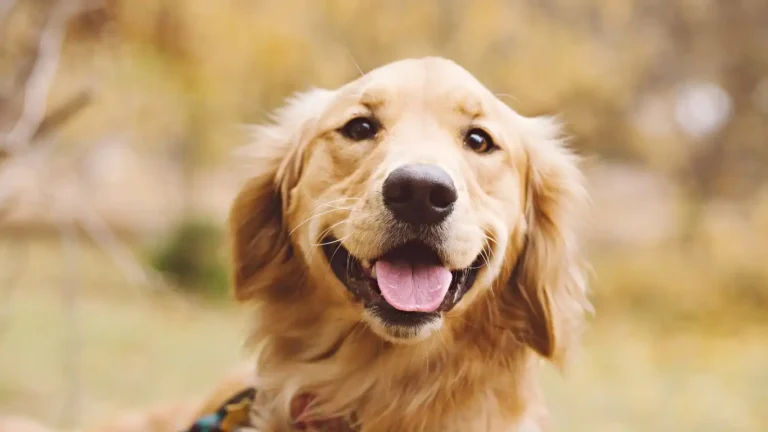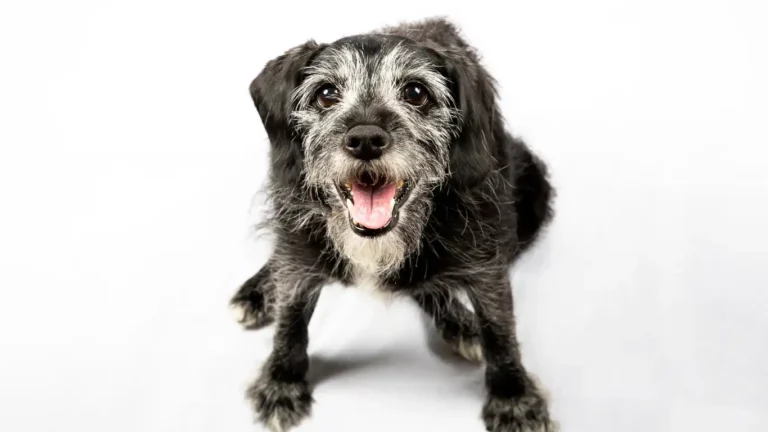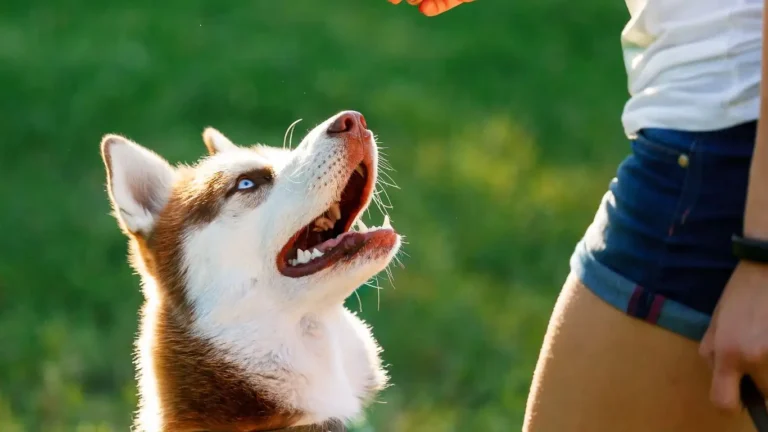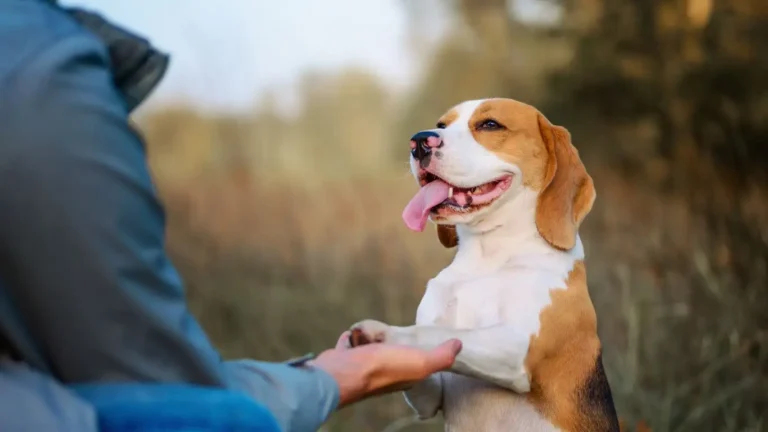How to Train Your Dog to Stay Calm Around Moving Bicycles
As a Canine-Assisted Therapy Trainer, I’ve encountered a wide range of challenges and success stories in my career. One of the most common concerns among dog owners, especially those who are active cyclists or live in busy urban areas, is how to train a dog to handle being around moving bicycles. It might seem like a simple task, but for many dogs, bicycles represent a fast-moving, unpredictable object that can trigger fear or excitement. In this guide, I’ll walk you through practical and easy-to-follow steps that will help your dog get comfortable with bicycles while ensuring both their safety and the safety of cyclists. Whether you’re preparing for city bike rides or simply want your dog to stay calm in busy outdoor settings, these tips will set you up for success.
Understanding Why Dogs React to Bicycles
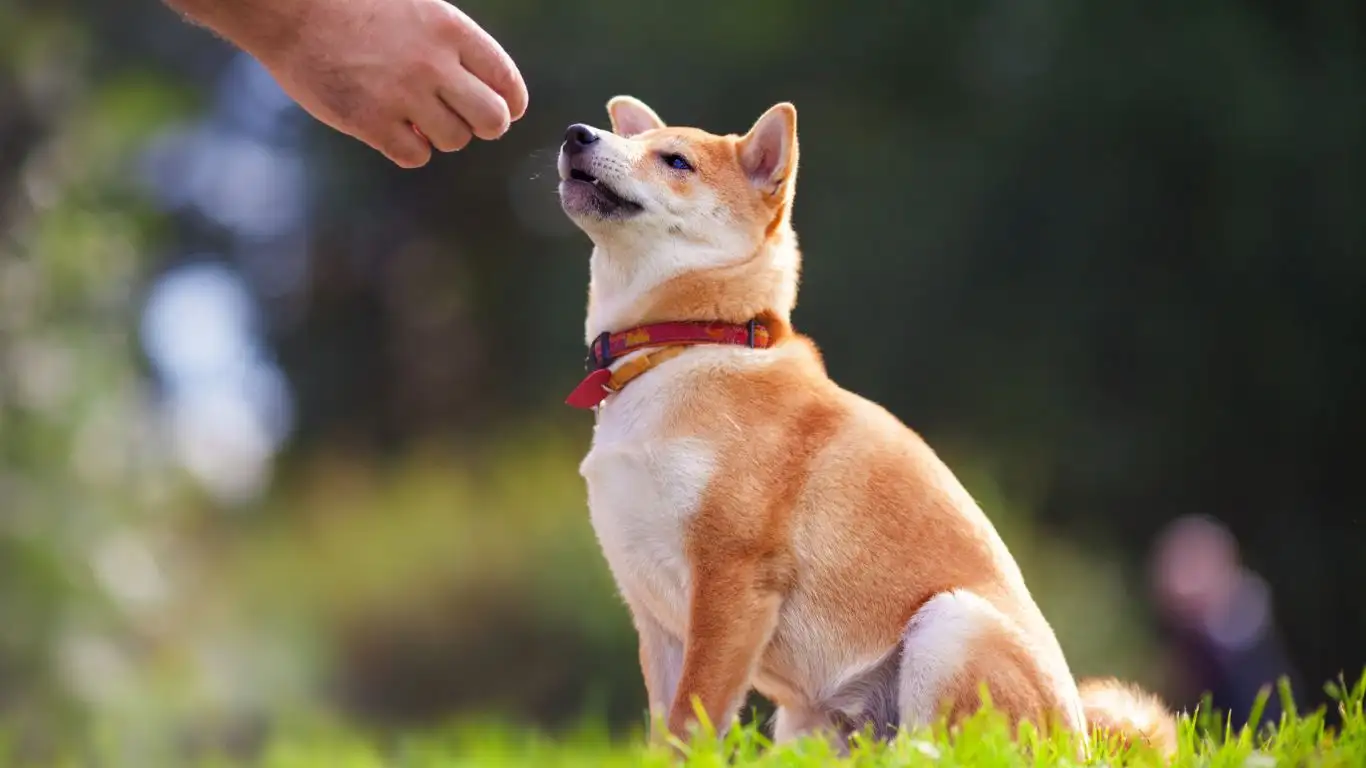
Before diving into the actual training, it’s important to understand why your dog might be fearful or overly excited around bicycles. It’s not just about the moving object itself. The combination of speed, unpredictability, and the cyclist’s movements can be overwhelming for dogs, especially if they haven’t been exposed to bicycles before.
The Instinctual Reaction
Dogs are naturally wired to respond to fast-moving objects in their environment. In the wild, fast movements might indicate prey or a threat, triggering an instinctual reaction. When your dog sees a bicycle whizzing by, their first impulse could be to chase it, bark at it, or even run away in fear. These behaviors are primal, and it’s up to you to help them understand that bicycles aren’t something to fear or chase.
Why Socialization Matters
Socialization plays a huge role in how your dog perceives the world around them. The more experiences your dog has with various stimuli, the less likely they are to react negatively. However, many dogs don’t encounter bicycles often enough to develop a calm, neutral response. The goal of this training is to introduce bicycles gradually and positively, helping your dog associate them with rewards and calmness rather than anxiety or excitement.
Preparing for Bicycle Training: Setting the Stage
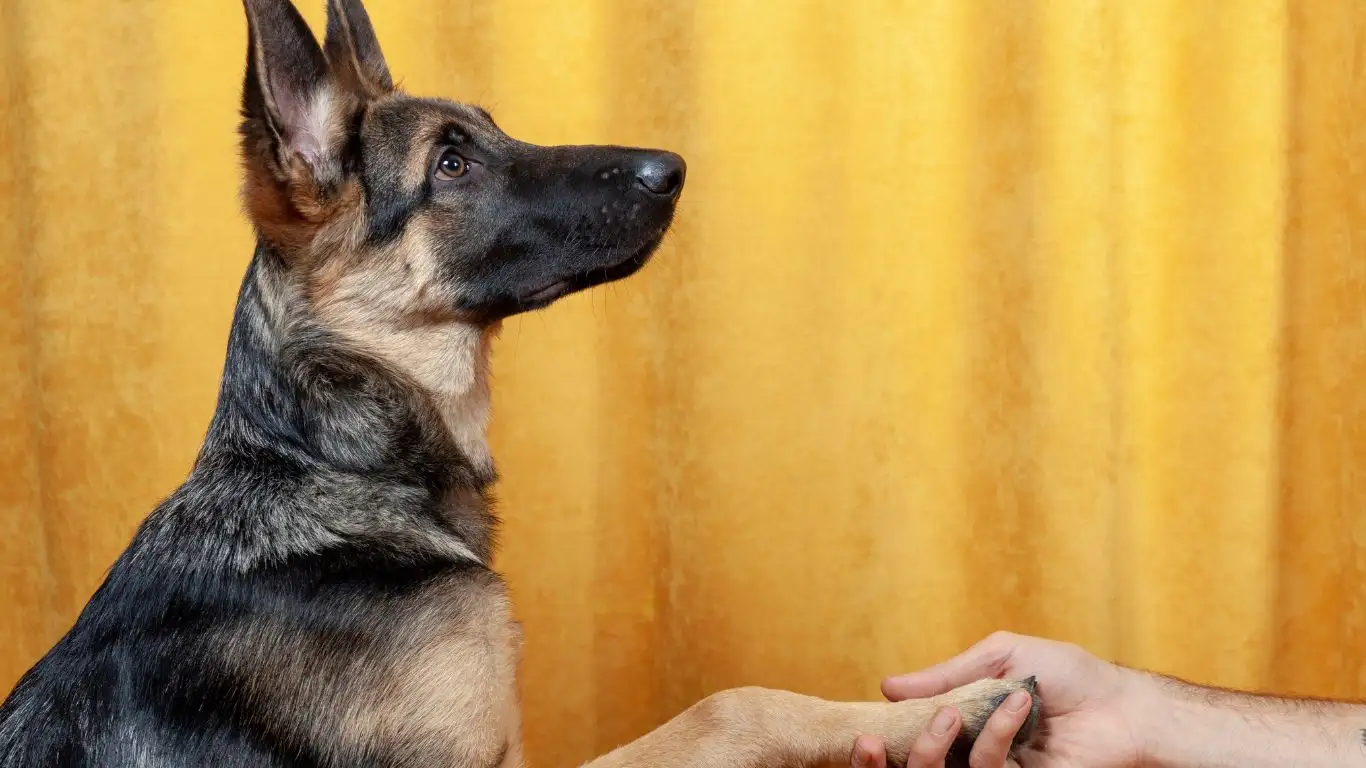
Training your dog to be comfortable around moving bicycles doesn’t happen overnight. It requires patience, consistency, and a safe environment where both you and your dog can practice without distractions. Here’s how to set the stage for success:
1. Choose the Right Location
Start training in a calm, quiet area where you can control your dog’s exposure to bicycles. A local park with a bike lane or a quiet residential street is ideal. Avoid busy streets or areas with heavy foot traffic, as this can overwhelm your dog and make the process much harder. Ideally, you’ll want to find a spot where you can practice without constant interruptions but still have the opportunity to introduce a moving bicycle at a manageable pace.
2. Use Positive Reinforcement
As with all dog training, positive reinforcement is key. Keep treats, toys, and praise ready to reward your dog for calm behavior. Every time your dog successfully stays calm when they see a bicycle, reward them with something they love. This helps them associate bicycles with good things. The goal is to shift their focus from the moving object to the rewards they receive from staying calm.
3. Work in Short Sessions
Training sessions should be short but frequent. A 5-10 minute session is usually plenty to start with. If you notice your dog getting stressed, it’s okay to stop and try again later. Overloading them can backfire and lead to more anxiety. Consistency is more important than duration.
Introducing Your Dog to a Stationary Bicycle
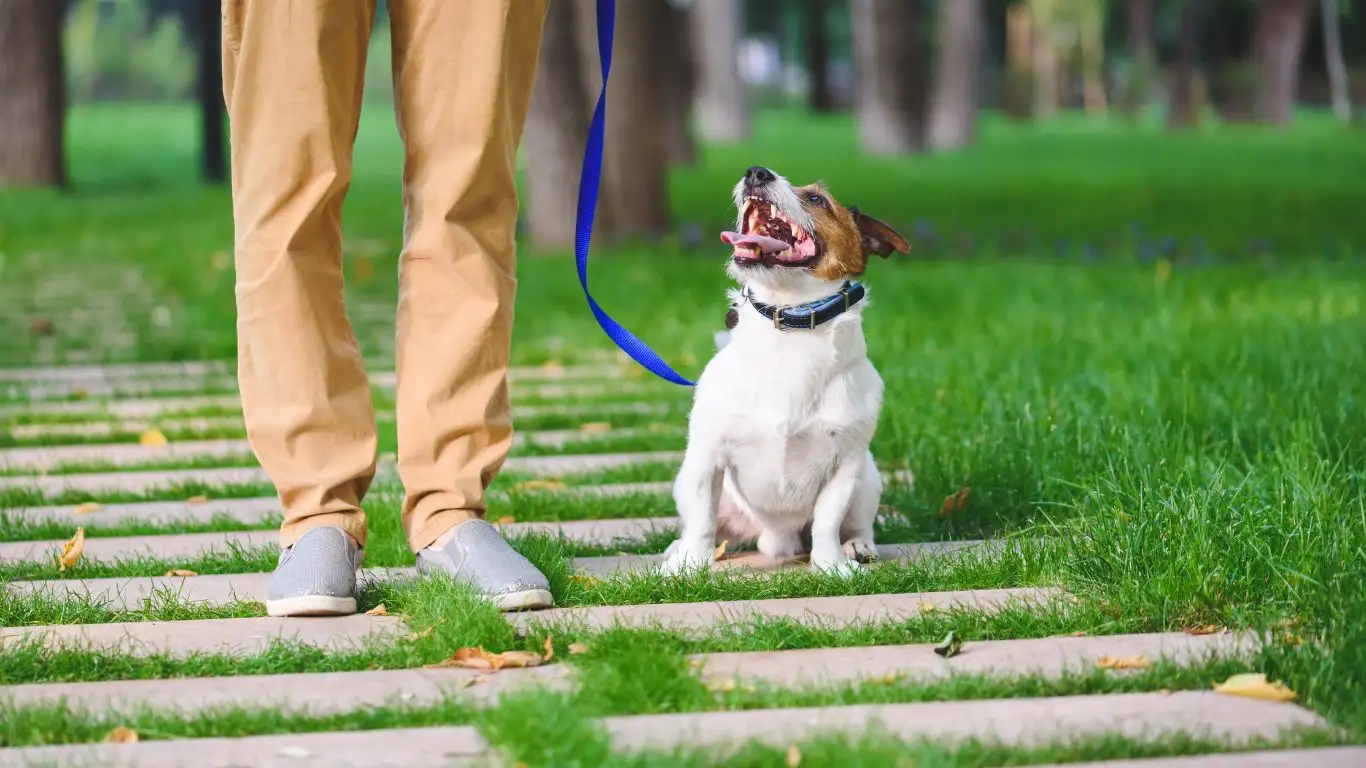
The first step in training your dog to handle bicycles is to introduce them to a stationary bike. This ensures that your dog isn’t overwhelmed by the speed right off the bat and gives them the opportunity to familiarize themselves with the object itself. Here’s how to do it:
1. Bring the Bike to Them
Start by bringing a bicycle into the training area while your dog is on a leash. Allow your dog to sniff around the bike and investigate it at their own pace. Some dogs may be nervous, while others might be curious. Let them explore but keep them at a comfortable distance. If your dog seems scared, don’t push them too hard. Let them take breaks if needed. Remember, this is about building positive associations.
2. Reward Calm Behavior
If your dog remains calm while interacting with the stationary bike, reward them with treats and praise. Keep your voice calm and positive, reinforcing their good behavior. If they start to get anxious or curious in an overly excitable way, redirect their attention to something positive like a toy or a treat. The key is to avoid punishing your dog for reacting; instead, focus on rewarding the calm moments.
3. Let Them Get Used to the Sound
Some dogs may not be afraid of the bicycle itself but are startled by the sound of it moving. Before introducing a moving bike, consider having a friend or family member ride around you while you observe your dog’s reaction from a safe distance. This allows your dog to get used to the noise without directly confronting the moving object.
In the next part, we will move on to the actual introduction of moving bicycles, how to help your dog stay calm when bikes pass by, and other advanced training techniques. Stay tuned!
Introducing Your Dog to Moving Bicycles: The Next Step
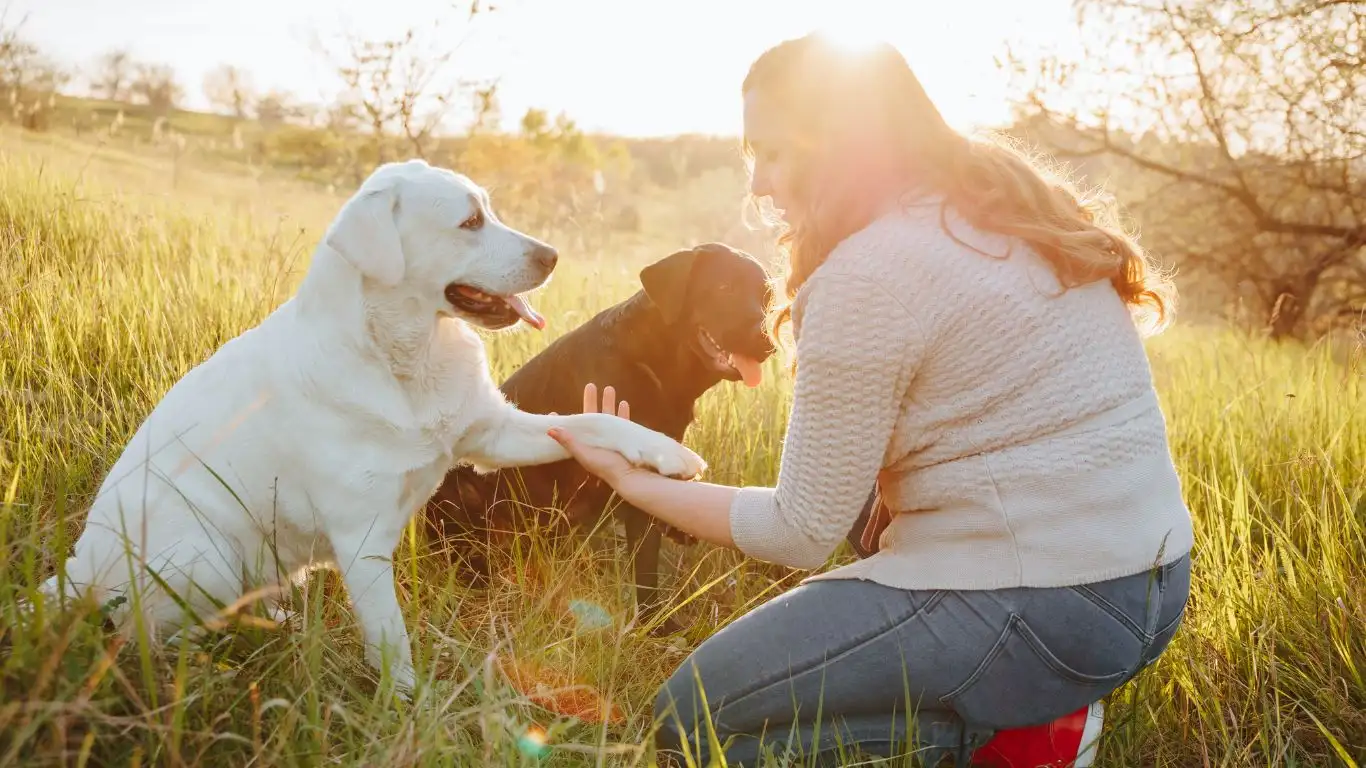
Now that your dog is comfortable with a stationary bicycle, it’s time to introduce the next challenge: moving bicycles. This can be a bit more tricky, as the motion adds an extra layer of complexity to the training. But with a few tips and a lot of patience, your dog will soon learn to stay calm even when bikes are passing by. Here’s how to make that transition smooth and successful.
1. Start with Slow, Controlled Movements
The best way to start introducing movement is with slow, controlled actions. Begin by having a friend or family member ride their bike slowly around your dog. Make sure the cyclist stays at a comfortable distance, about 15 to 20 feet, so the bike isn’t coming too close too quickly. This is crucial because sudden movements or fast bikes might startle your dog, which could set back your training.
As the bike approaches, keep your dog’s attention on you. Use treats or toys to reward them for staying calm. If your dog starts to get nervous or excited, stop the cyclist, give your dog a moment to calm down, and then try again. The goal is to gradually increase the bike’s proximity to your dog without overwhelming them.
2. Gradually Increase the Speed
Once your dog is relaxed around slow-moving bikes, it’s time to gradually increase the speed. Start with a gentle pace and, over time, allow the cyclist to go faster. The key here is to remain consistent with the rewards for calm behavior and always ensure that your dog has the option to stay at a comfortable distance. If your dog is particularly reactive, go back to a slower pace for a while before trying again. The goal is always gradual desensitization, not forcing them to deal with too much too soon.
3. Keep Sessions Short and Positive
As your dog becomes more accustomed to moving bikes, keep the training sessions short but positive. You don’t want to push them past their limits, which could lead to frustration or anxiety. Ideally, 10-minute sessions are perfect for this stage. During each session, focus on rewarding calm, composed behavior. Remember to keep your energy upbeat and relaxed; dogs pick up on your emotions, and if you stay calm, your dog will too!
Using Distractions to Build Focus

At this stage of training, your dog is likely getting more comfortable with bicycles in general. But as any dog trainer knows, real-world situations rarely unfold in perfect conditions. Your dog might encounter other distractions while on a walk, such as other dogs, cars, or cyclists passing by unexpectedly. That’s why it’s important to practice focus and distractions during the training process.
1. Add Some Distractions
To help your dog stay focused even when there are other stimuli around, introduce distractions gradually. For example, start with a more crowded area where people are walking, dogs are barking, or cars are driving by. This will teach your dog to maintain focus, even in busy environments.
While you’re training with moving bicycles, let some distractions into the mix. For example, have someone walk a dog near your training session or introduce other types of noise (like a passing car). As long as your dog stays calm, reward them immediately. This helps them learn that even with distractions, bicycles aren’t something to react to negatively.
2. Practice with Other Dogs Around
If your dog tends to get distracted by other dogs, practice with a friend who has a dog. Have both of you walk around the area with bikes, while ensuring that each dog has time to focus and take breaks. This can be an incredibly useful exercise for dogs who get overly excited or distracted around others. It teaches them how to stay focused on their handler (or the bike) instead of reacting to other dogs, cyclists, or even people.
Handling Setbacks and Troubleshooting

Training isn’t always a smooth process, and there will likely be setbacks along the way. The key is not to get discouraged. Dogs, just like people, have their good and bad days, and sometimes it takes a little longer for them to overcome certain fears or excitements.
1. Dealing with Fear or Anxiety
If your dog starts showing signs of fear, such as cowering, hiding, or attempting to run away when a bike approaches, it’s important to slow things down. Go back to basics. Revisit the stationary bike exercises and work on building confidence before trying to reintroduce moving bikes.
If your dog seems terrified, don’t force them to stay in the situation. Let them retreat to a safe distance, and allow them to calm down before trying again. Gradual exposure to the moving bicycle, combined with plenty of positive reinforcement, will help them realize there’s nothing to fear.
2. Overexcitement or Chasing
If your dog becomes overly excited or tries to chase after the bike, this is another sign that you might need to slow down. Chasing bikes is a common issue that many dogs face, and it’s important to redirect this energy into something more positive, like playing with a toy or focusing on you for a treat. You can even introduce a “watch me” command during training, which will help refocus your dog’s attention when the bike comes near.
Remember, consistency is key here. If you encounter setbacks, it’s not a failure but part of the learning process. With patience and persistence, your dog will eventually learn how to handle moving bicycles calmly and confidently.
Mastering the Art of Calm: Your Dog’s Final Steps to Bicycle Comfort

By now, your dog has likely made some major strides in learning how to stay calm and composed around moving bicycles. But this journey doesn’t end with the occasional calm response. To really solidify your dog’s behavior, you’ll need to continue practicing, refining, and ensuring that the training is consistent and rewarding. This is where you bring in some more advanced techniques, and I’ll also share some tips to keep your dog comfortable and engaged in future training sessions. Let’s take it to the next level!
1. Increasing the Challenge: Busy Environments
As your dog masters bicycles in quieter settings, it’s time to move to more challenging environments. Busy streets, parks with cyclists, or areas with other dogs and people can be overwhelming at first. However, exposing your dog to these types of situations helps them learn to stay focused even when the world around them is bustling with distractions. It’s all about building confidence through real-world scenarios.
When you transition to more crowded areas, make sure to go slow. Start with times of day when the environment is less hectic, like early mornings or late afternoons. If your dog has already been through the basics of stationary bikes and slow-moving bikes, it will be much easier for them to handle more complex environments with practice.
2. Practicing Around Other Cyclists
While it’s important to have your dog calm around just one moving cyclist, things get even more interesting when multiple cyclists come through. If you live in an area with many cyclists, this may be an essential part of your training. What you want to avoid is your dog becoming fixated on one cyclist after another or barking incessantly at every passing bike.
The trick is to continue using positive reinforcement but this time with even more focus. Reward your dog for staying calm around multiple bikes passing by, and give extra praise when they don’t react to new cyclists. If they get too excited, simply increase the distance between your dog and the cyclist, or even take a brief break to reset their focus.
Enhancing Focus: Incorporating Commands and Distraction Training

At this point, your dog should be getting more comfortable with moving bikes. Now, you can start incorporating various commands and other distractions to test their ability to focus. This is a great way to reinforce that calmness can be maintained under a wide variety of circumstances.
1. “Sit” and “Stay” Commands
Adding basic commands such as “sit” and “stay” while the bicycle approaches is a fantastic way to increase your dog’s focus. These commands help redirect their attention away from the bike and onto you. It also builds your dog’s impulse control. In practice, as soon as you see a cyclist coming, you can ask your dog to “sit” or “stay” and reward them for maintaining that position calmly.
With time and practice, your dog will learn to associate the sound of a bicycle with a calm, “stay” command rather than a chase instinct. It might take a few tries for them to fully master this, but it’s a step that can help you feel more in control in real-world environments.
2. Working Through Other Distractions
In busy environments, distractions are inevitable. Other dogs, loud noises, and even interesting smells can take your dog’s focus away from the bike. But this is an opportunity to work on their impulse control and ability to ignore distractions. You can practice walking your dog in places where there’s more going on, but ask them to focus on you instead of what’s around them.
Try to stay calm and patient, and make sure that every time your dog remains focused despite distractions, they’re rewarded with praise or treats. Eventually, this will teach them that paying attention to you is more rewarding than chasing bikes or barking at other distractions.
Dealing with Setbacks: Patience and Consistency
Training a dog to handle bicycles isn’t always smooth sailing, and you might encounter some setbacks along the way. Whether it’s fear returning, overexcitement, or a regression in behavior, setbacks are a natural part of the process. The key here is to remain patient and consistent.
1. Slow Down If Necessary
If you’re seeing signs of anxiety or overexcitement that weren’t there before, it’s important to slow down the training process. Sometimes dogs need a bit more time to process their learning. If they’re reacting to bikes with more intensity than before, go back to earlier training steps, like working with stationary bikes again or doing more low-speed bike training. Patience is crucial during these moments.
2. Reset the Environment
If the environment becomes too overwhelming—perhaps due to too many distractions or too many cyclists—take a step back. Resetting the environment could mean relocating to a quieter place for a short period to let your dog regain their focus. Don’t be afraid to take breaks and revisit prior training stages. The goal is steady progress, not perfection.
3. Reinforce Calmness in Real-World Situations
The ultimate goal of this training is for your dog to stay calm and composed during everyday encounters with bicycles, whether you’re walking in the park, riding your bike, or simply navigating a busy neighborhood. Incorporating this training into your regular routine will make it a natural behavior for your dog.
References
- American Kennel Club (AKC) – Dog training tips and resources.
- PetMD – Reliable information on pet health and training.
- National Institutes of Health (NIH) – For general health and wellness information.
- Health.com – Health advice, including pet training tips.
By following these steps and using patience, consistency, and positive reinforcement, you can teach your dog to handle moving bicycles confidently and safely. It’s a process that takes time, but the results are worth it—not only for your dog’s comfort and safety but also for the joy of seeing them thrive in a world that includes cyclists and other fast-moving stimuli.
Disclaimer: This training advice is based on personal experience as a Canine-Assisted Therapy Trainer. Always consult a professional dog trainer or veterinarian if you encounter serious behavioral issues or if your dog shows signs of extreme fear or aggression. Every dog is different, and safety should always be your top priority.

